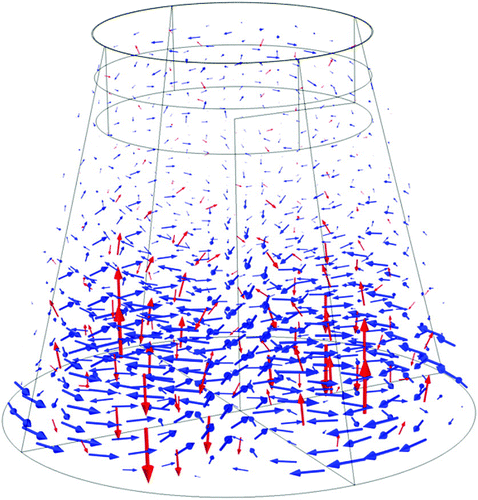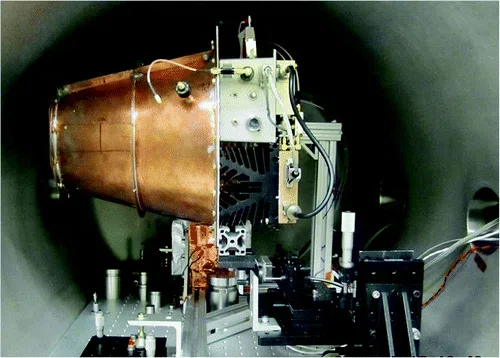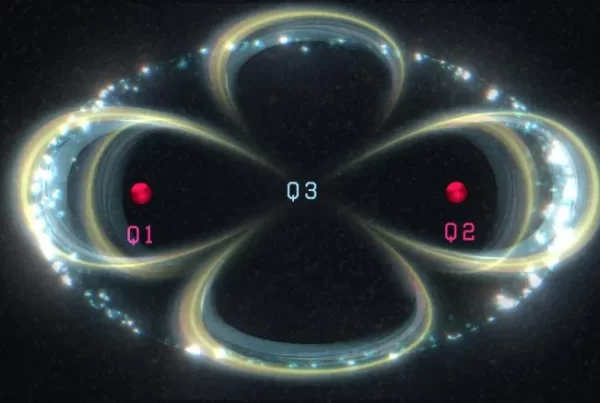Dubbed the “Impossible Drive” as it appears to break Newton’s Third Law, NASA’s long awaited review of the E-M drive seems to confirms thrust is produced despite no propellant being expelled from the drive. It achieves this by bouncing microwaves within a cone-shaped metal cavity as opposed to heavy, inefficient rocket fuel.
The EM Drive is a propulsion system first proposed by British inventor Roger Shawyer back in 1999. According to Shawyer’s calculations, the EM Drive could be so efficient that it could power us to Mars in just 70 days.
NASA confirmed the EM drive produces 1.2 millinewtons per kilowatt of thrust in a vacuum. To put that into perspective, the powerful Hall thruster used on current spacecraft generates force of 60 millinewtons per kilowatt, an order of magnitude more than the EM Drive. However, the Hall thruster requires heavy propellants, and losing that extra weight could allow the EM Drive to surpass any thruster currently available. This totally dwarfs the only other popular form of zero propellant propulsion, the light sail, which only produces about 6.67 micronewtons per kilowatt of force.
| ABSTRACT |
|---|
White et. al.
A vacuum test campaign evaluating the impulsive thrust performance of a tapered radio-frequency test article excited in the transverse magnitude 212 mode at 1937 MHz has been completed. The test campaign consisted of a forward thrust phase and reverse thrust phase at less than 8×10−6 torr8×10−6 torr vacuum with power scans at 40, 60, and 80 W. The test campaign included a null thrust test effort to identify any mundane sources of impulsive thrust; however, none were identified. Thrust data from forward, reverse, and null suggested that the system was consistently performing with a thrust-to-power ratio of 1.2±0.1 mN/kW1.2±0.1 mN/kW.
 Fig. 1 TM212 field lines in dielectric loaded cavity: red arrows represent electric field, and blue arrows represent magnetic field.
Fig. 1 TM212 field lines in dielectric loaded cavity: red arrows represent electric field, and blue arrows represent magnetic field.





